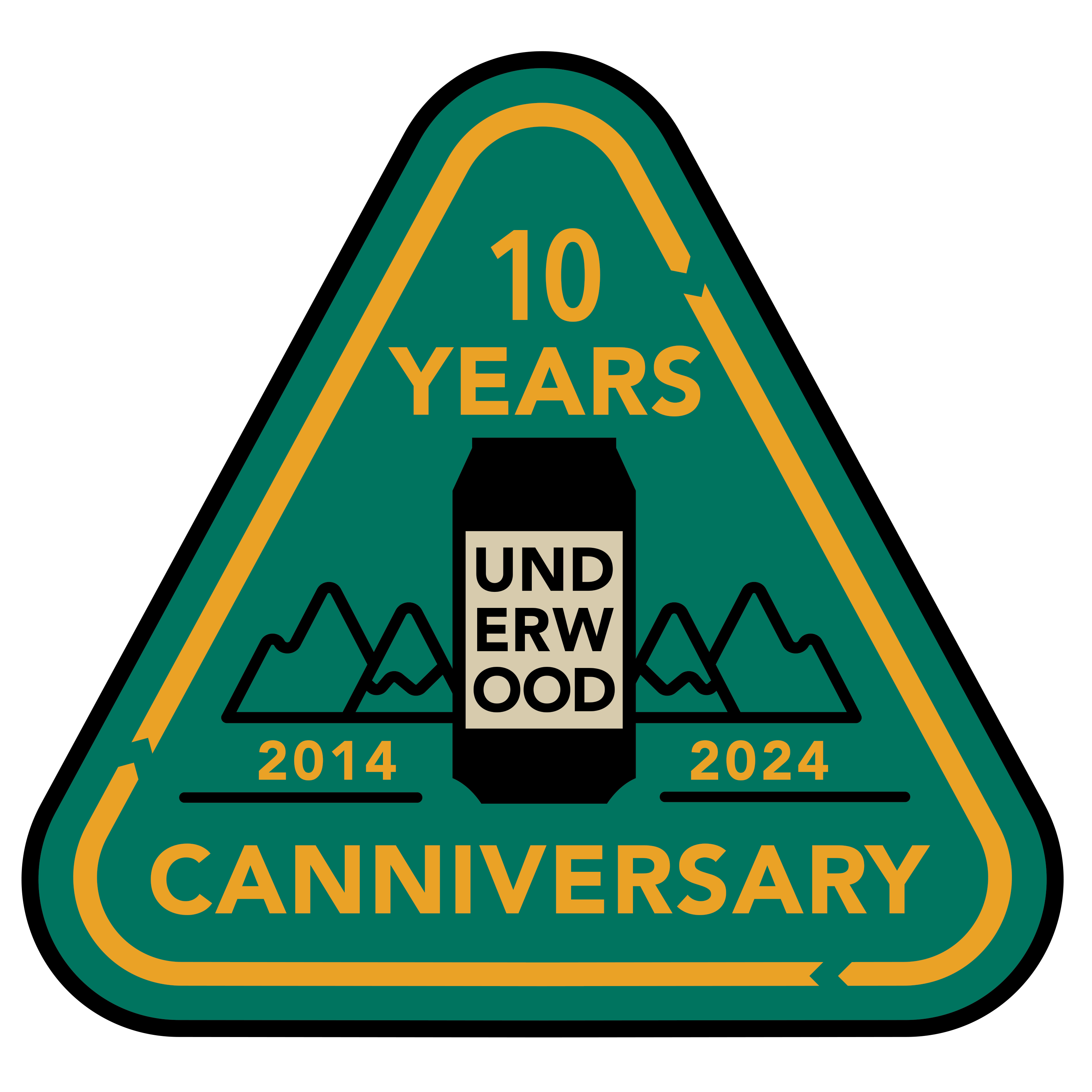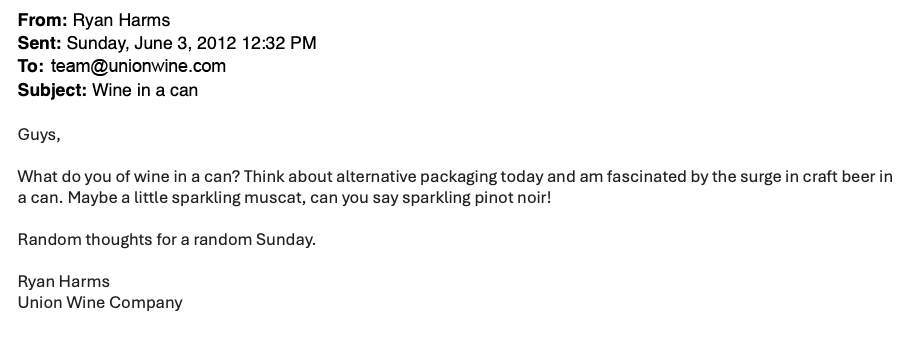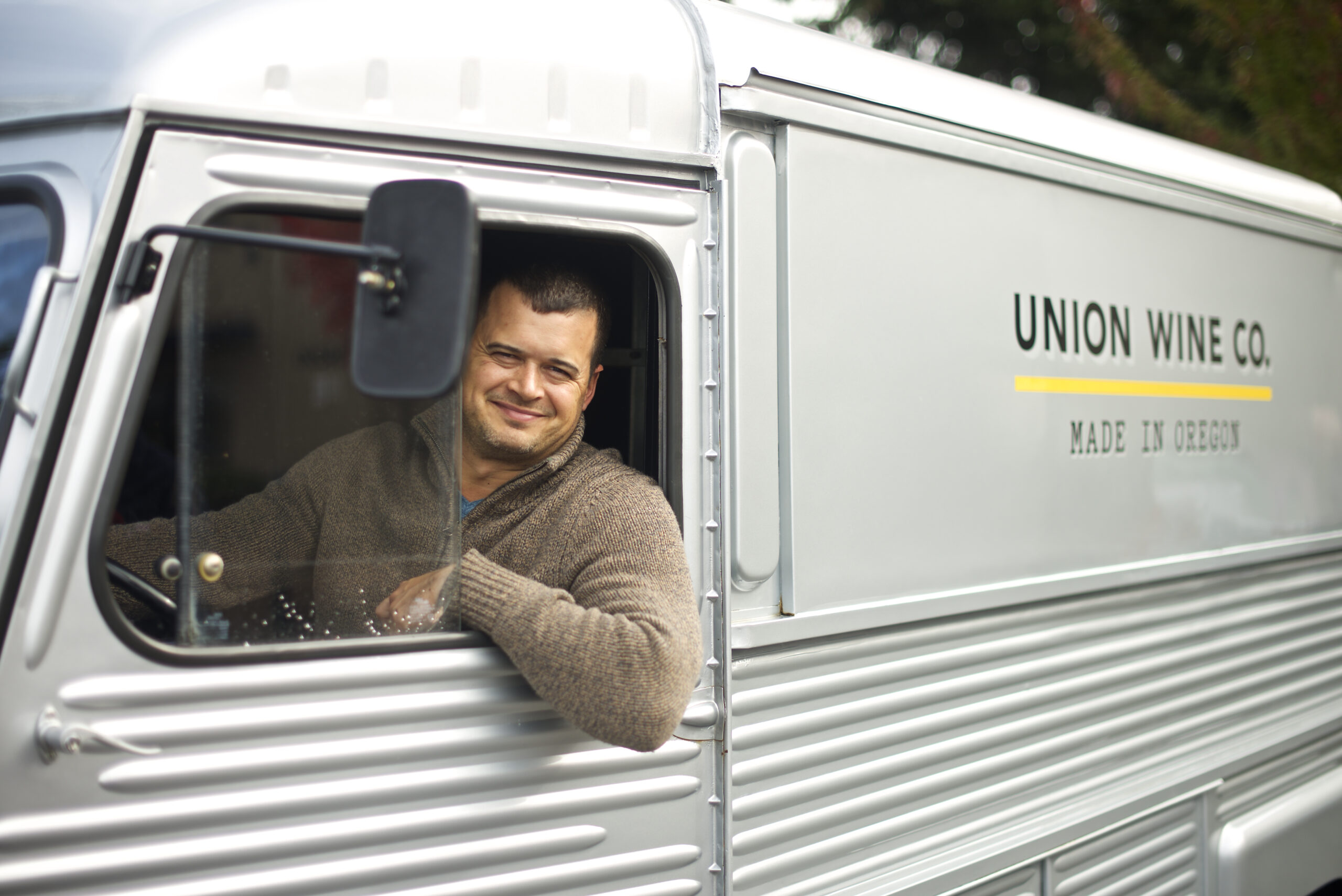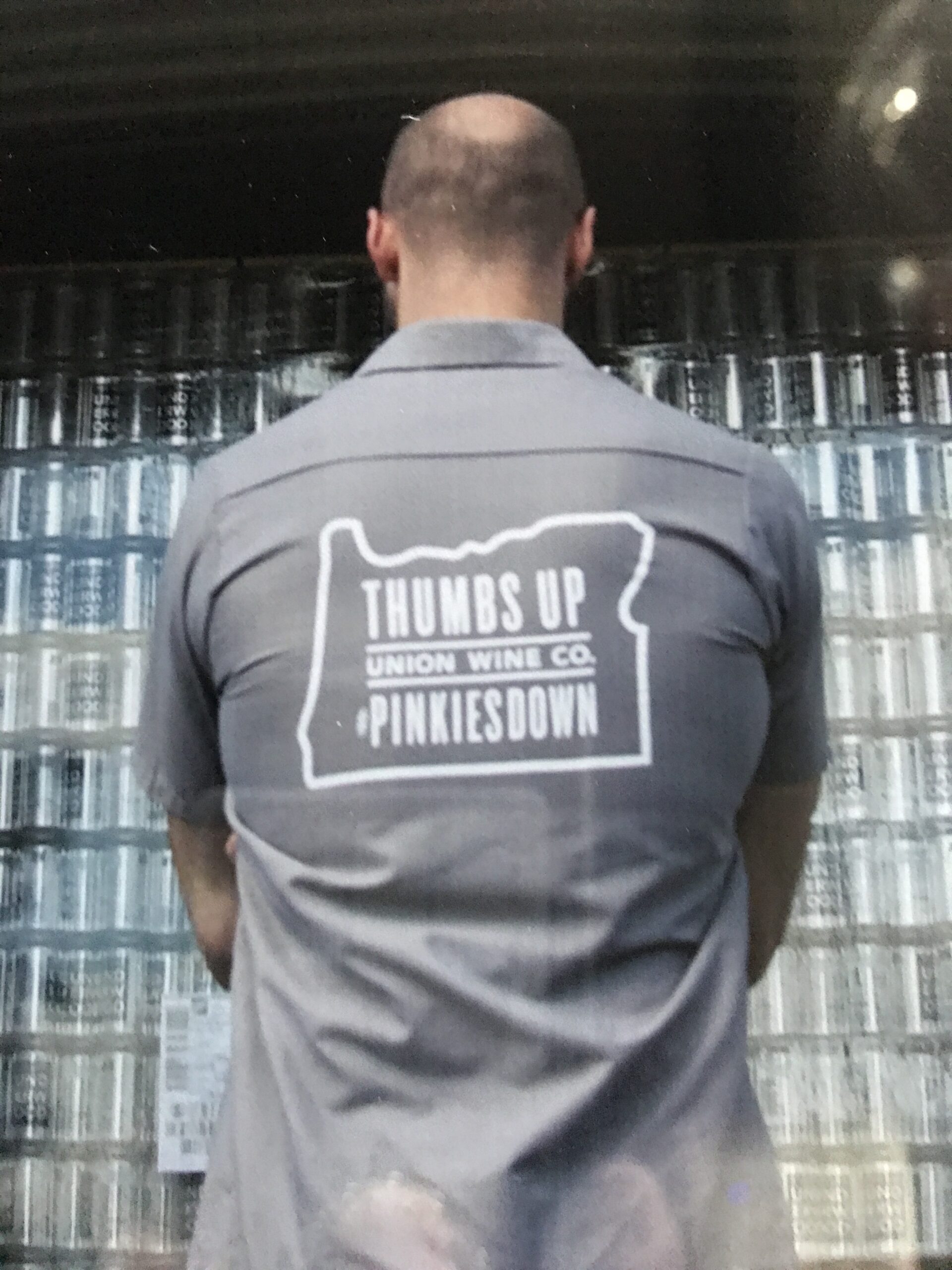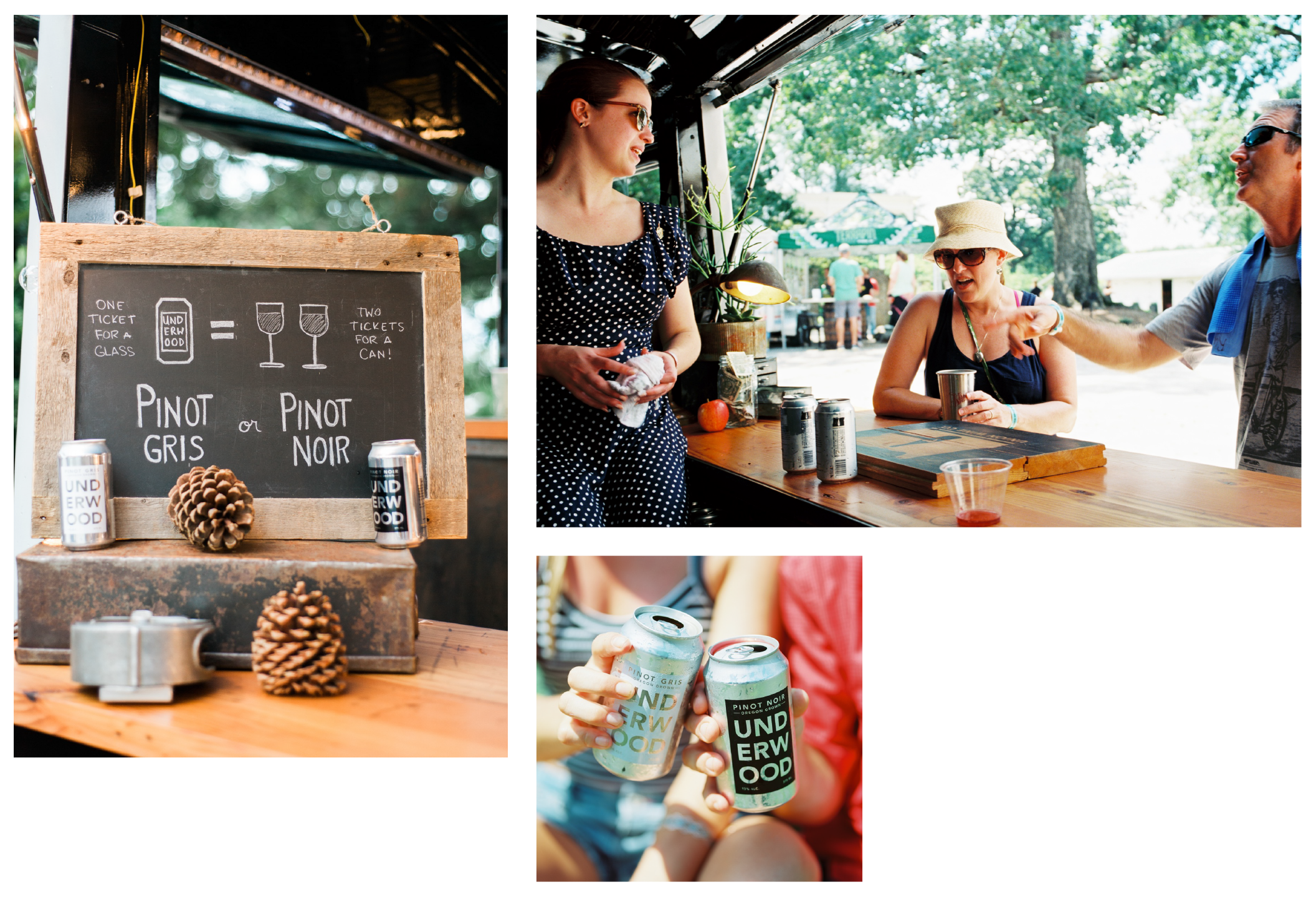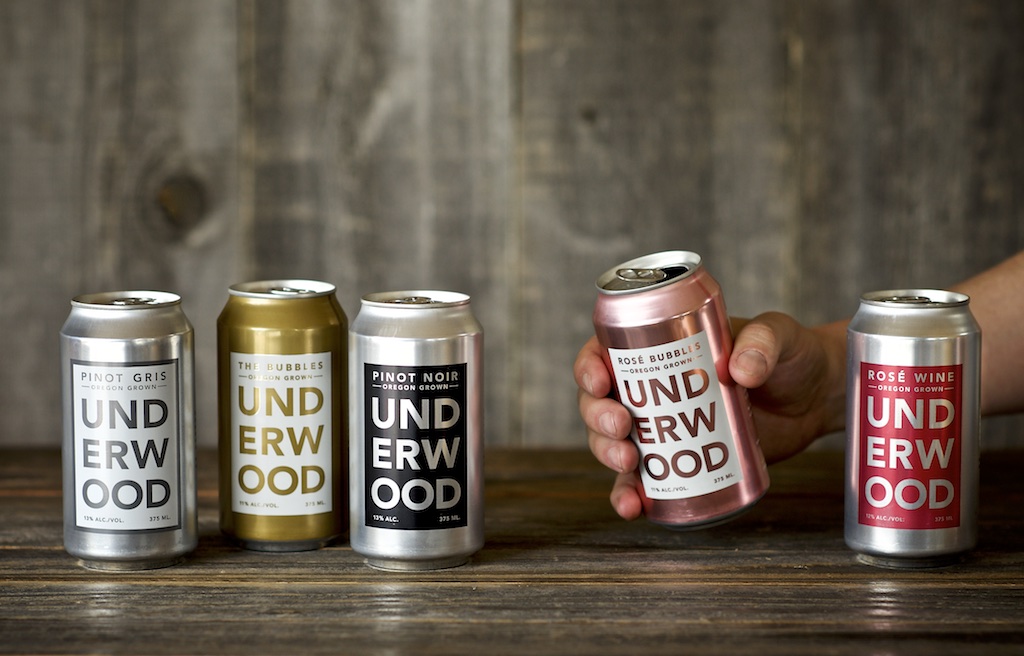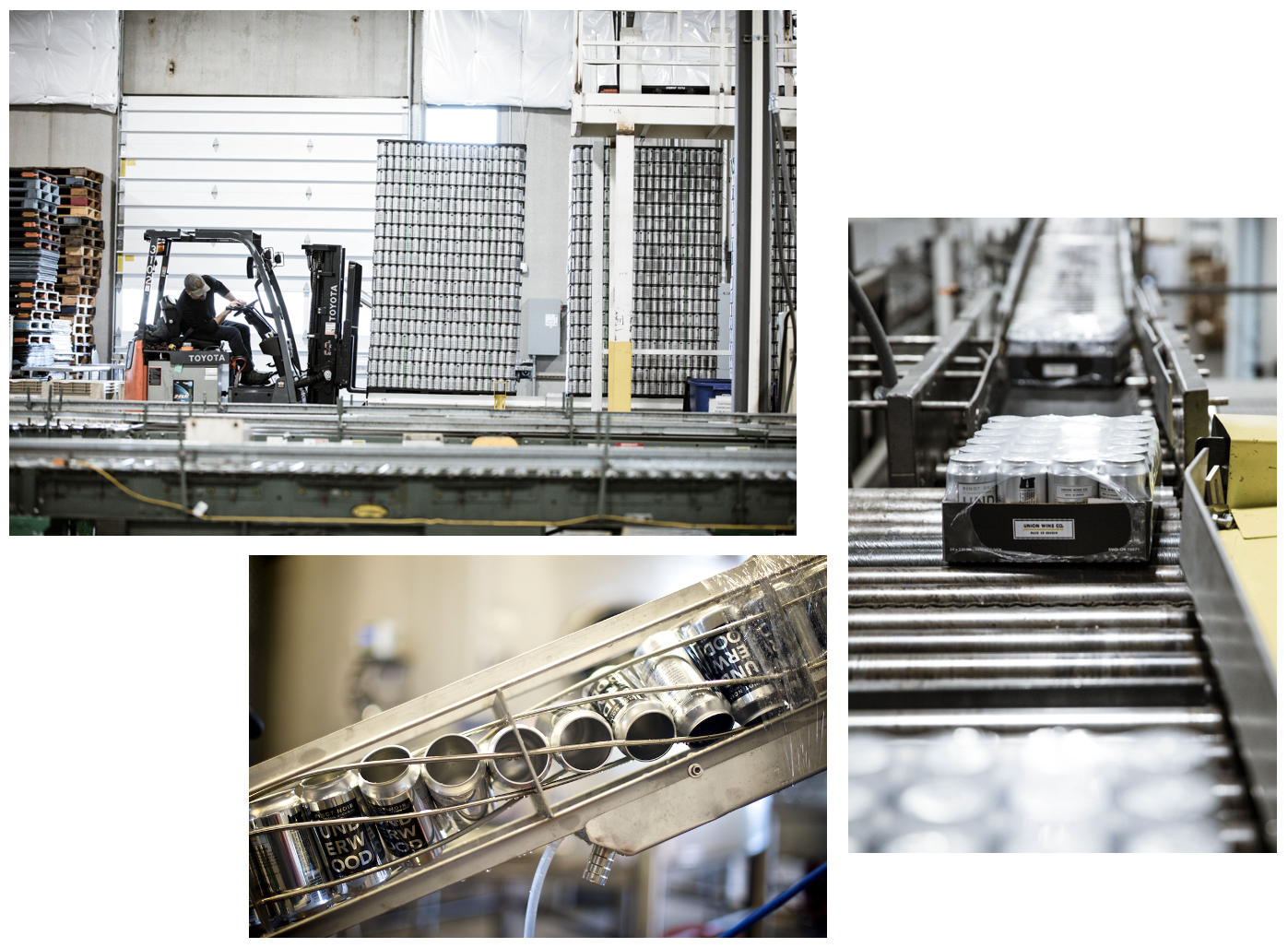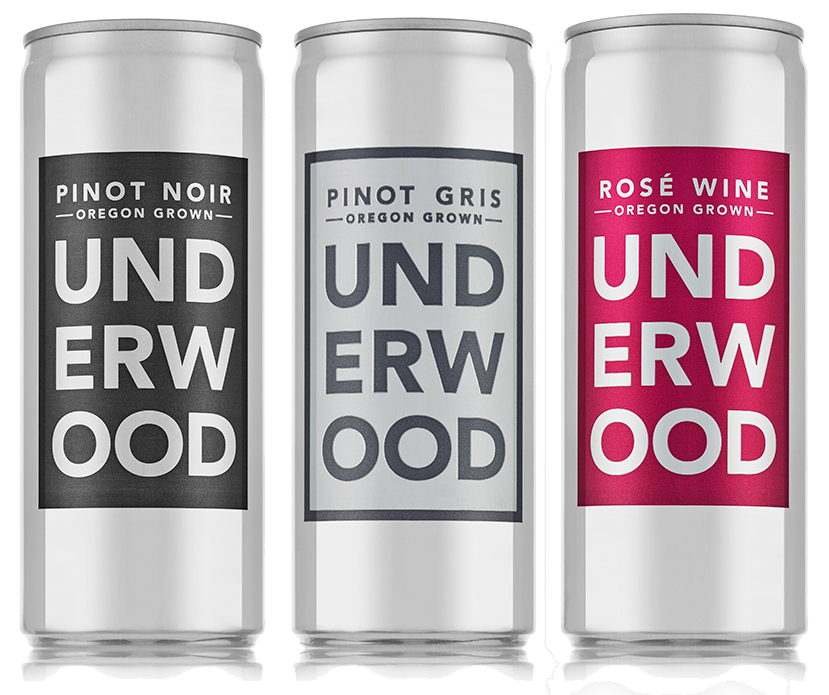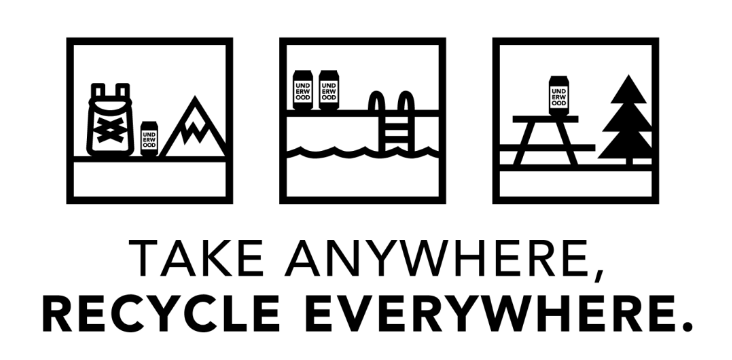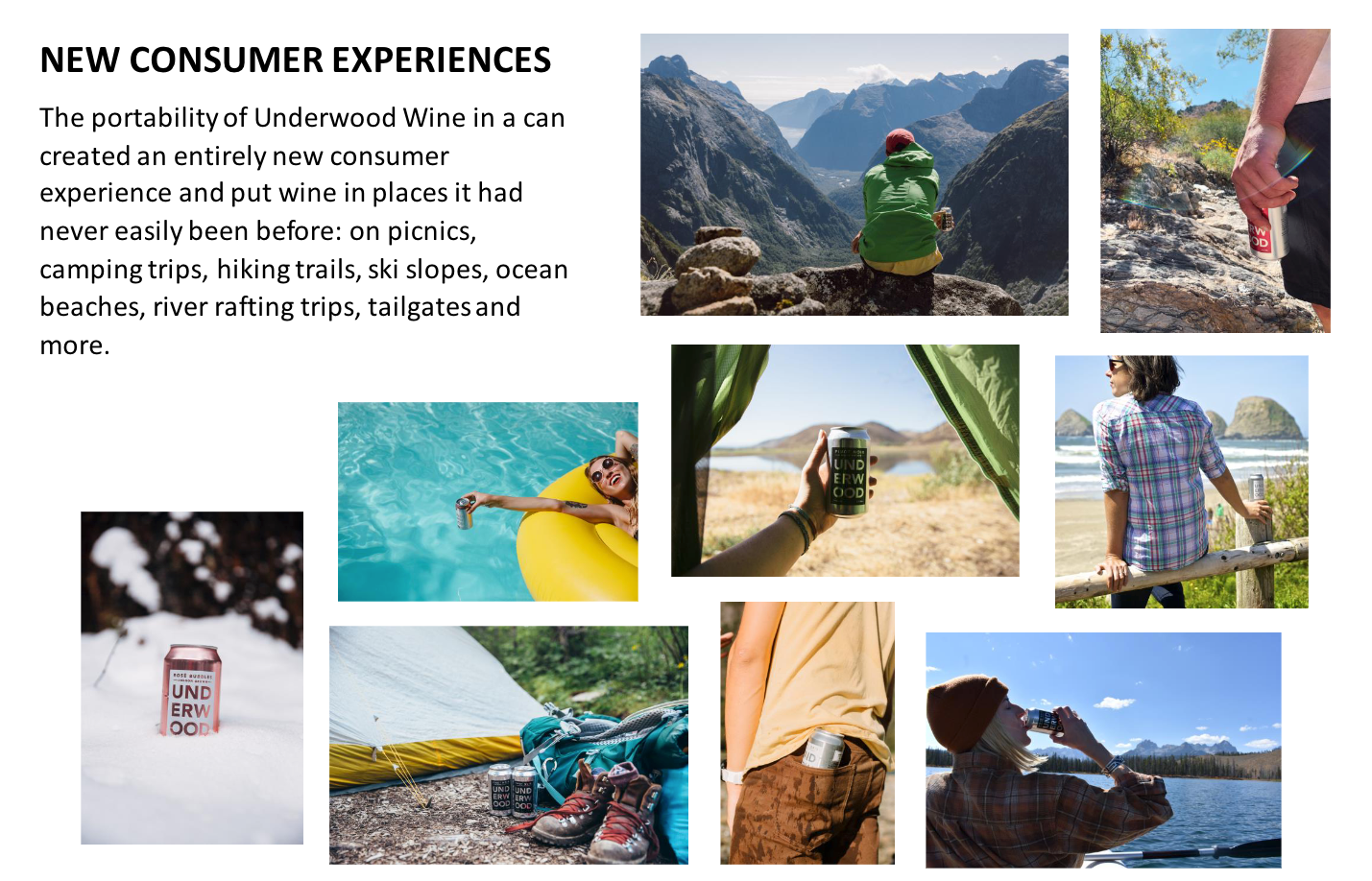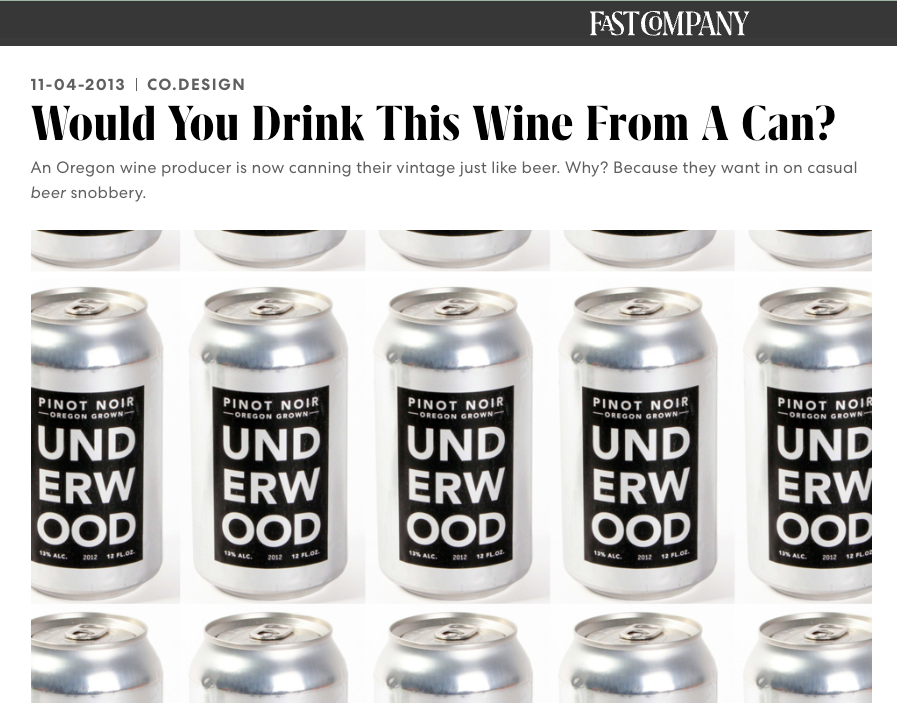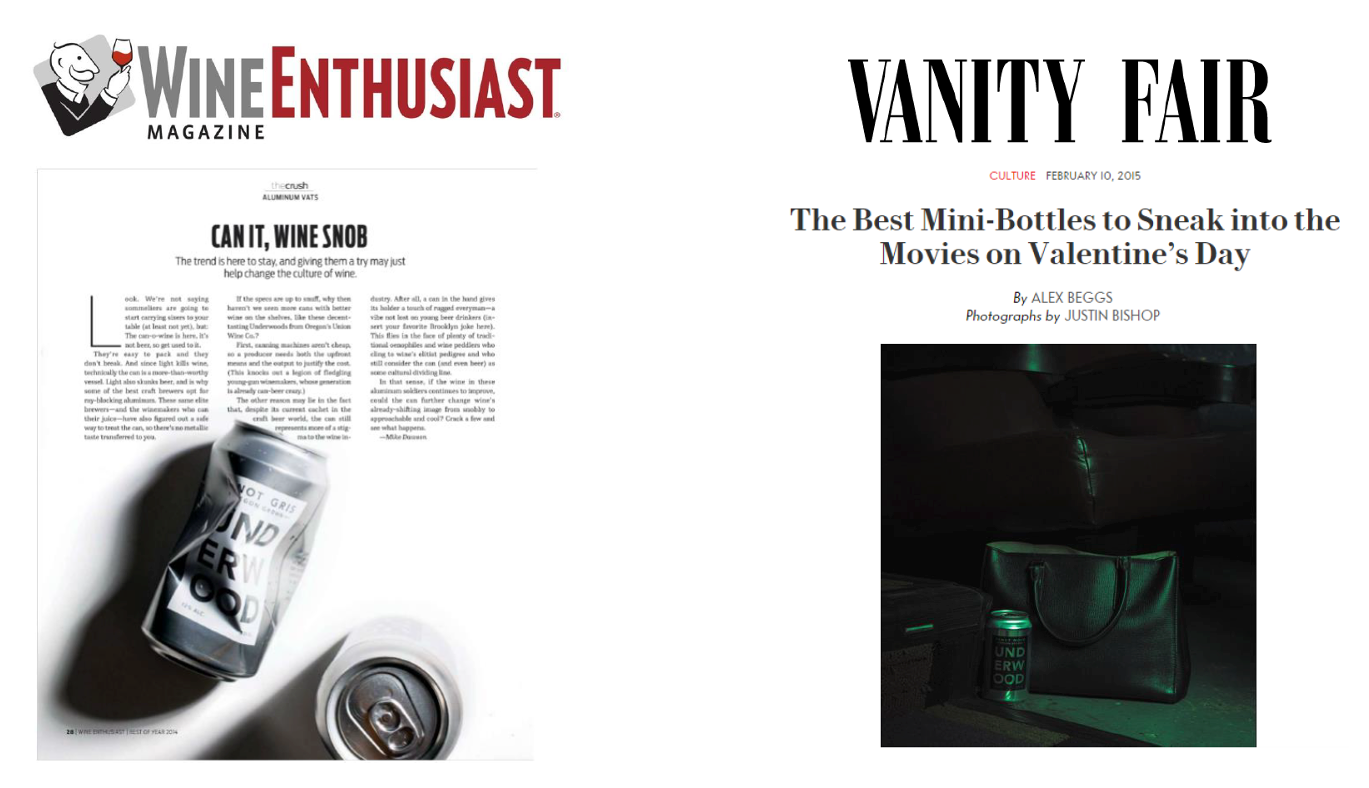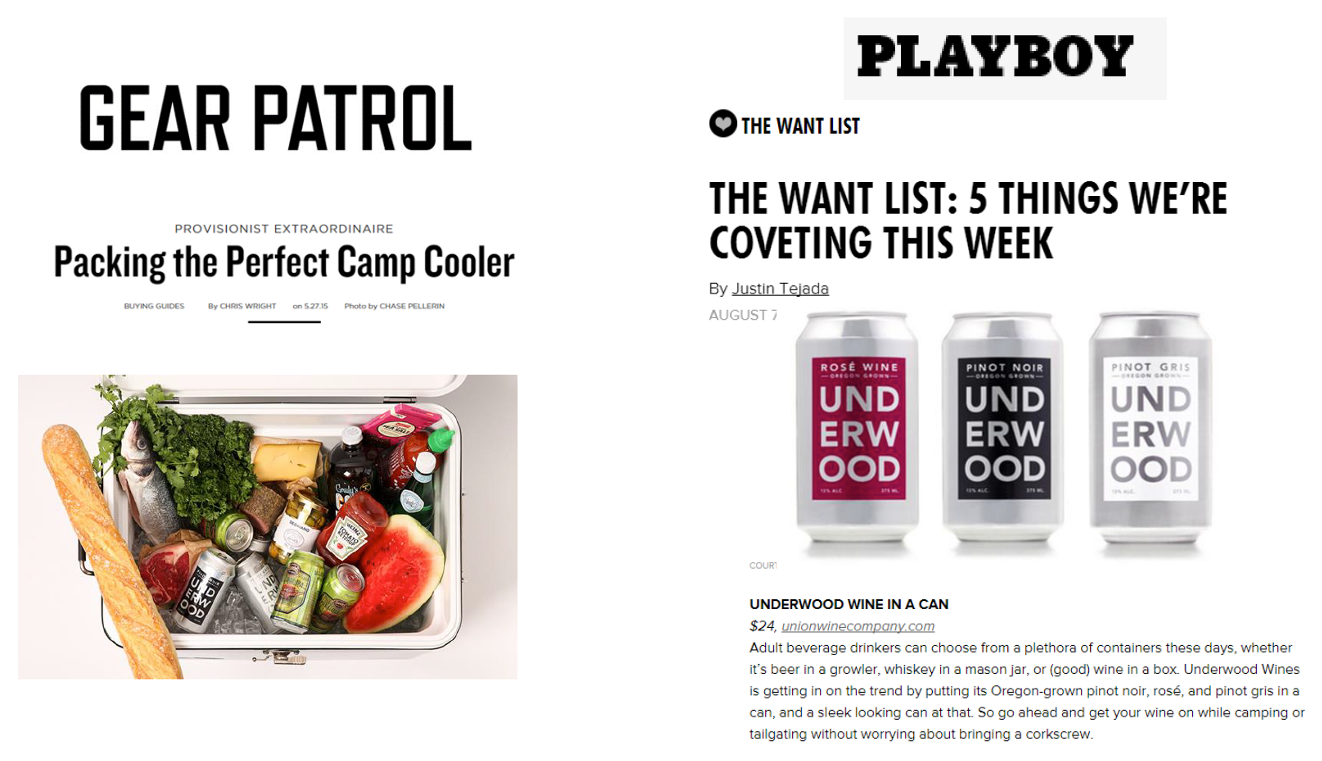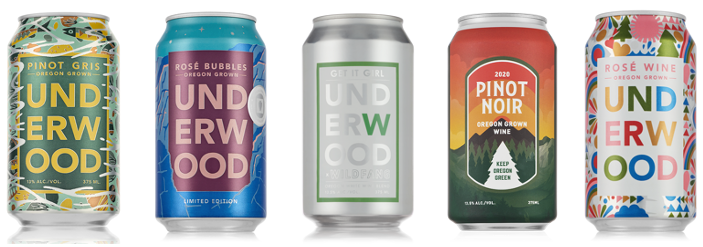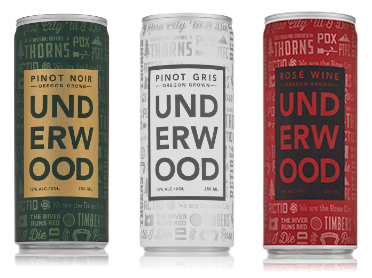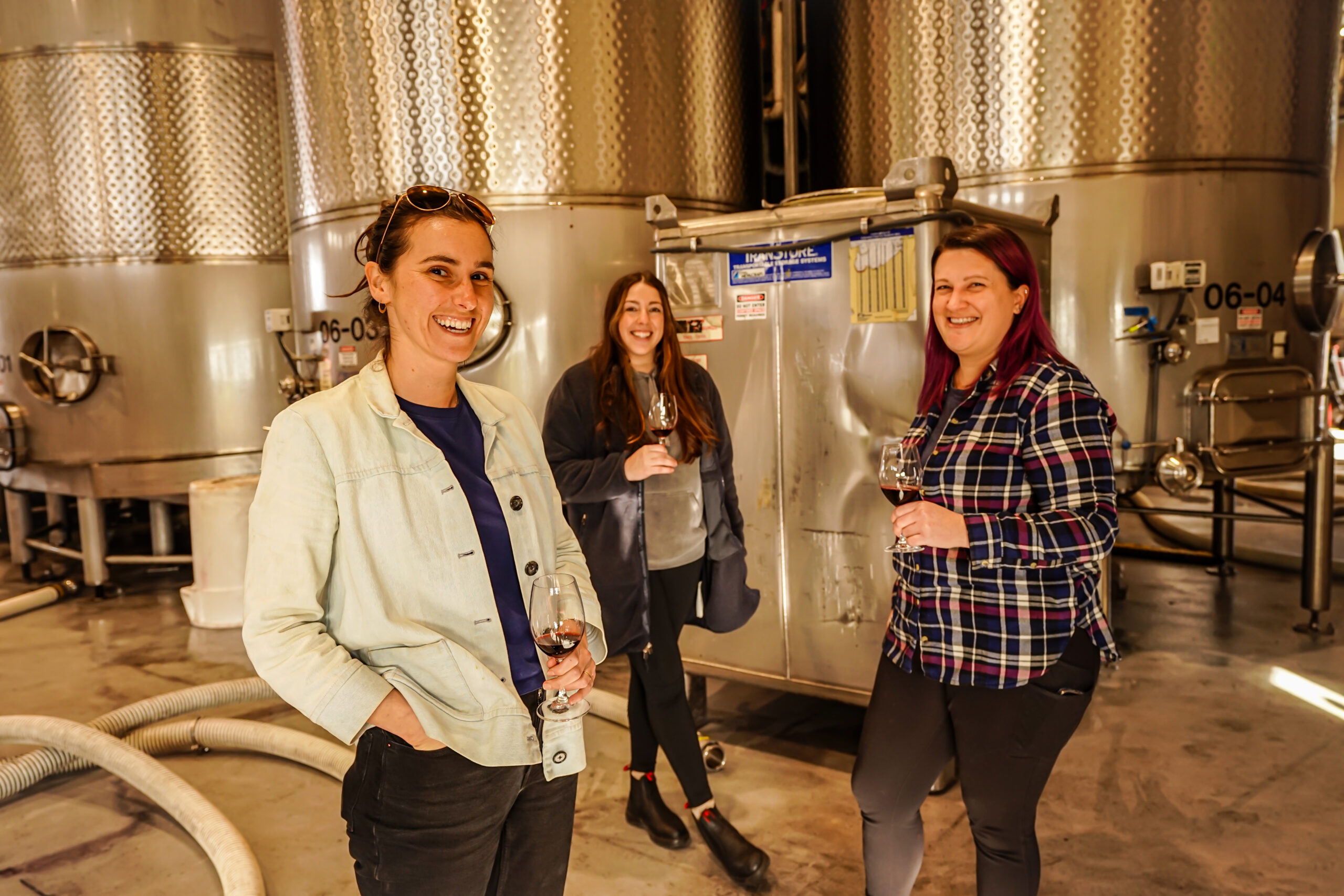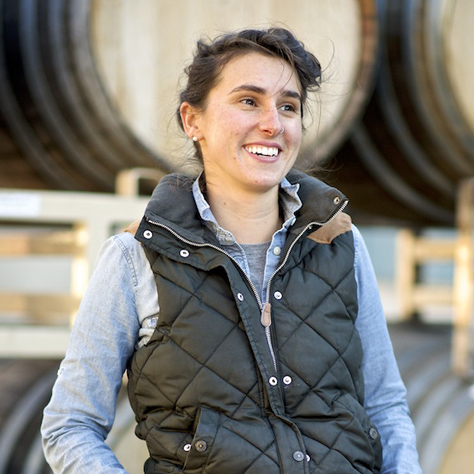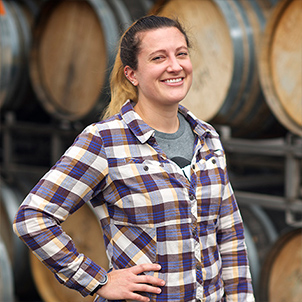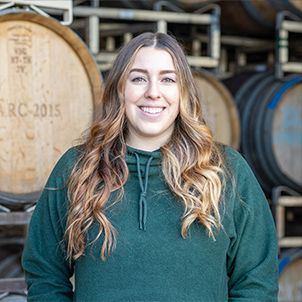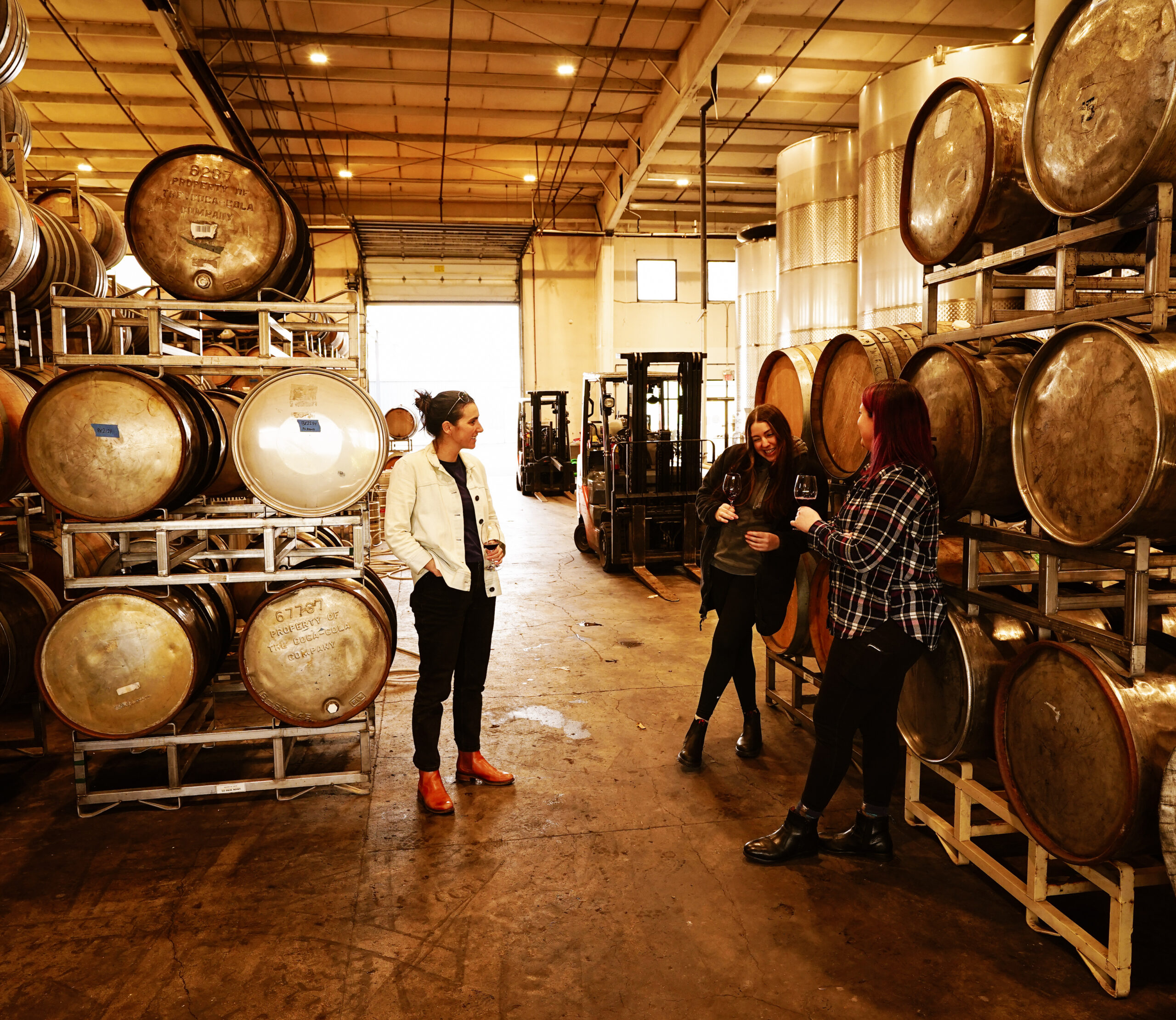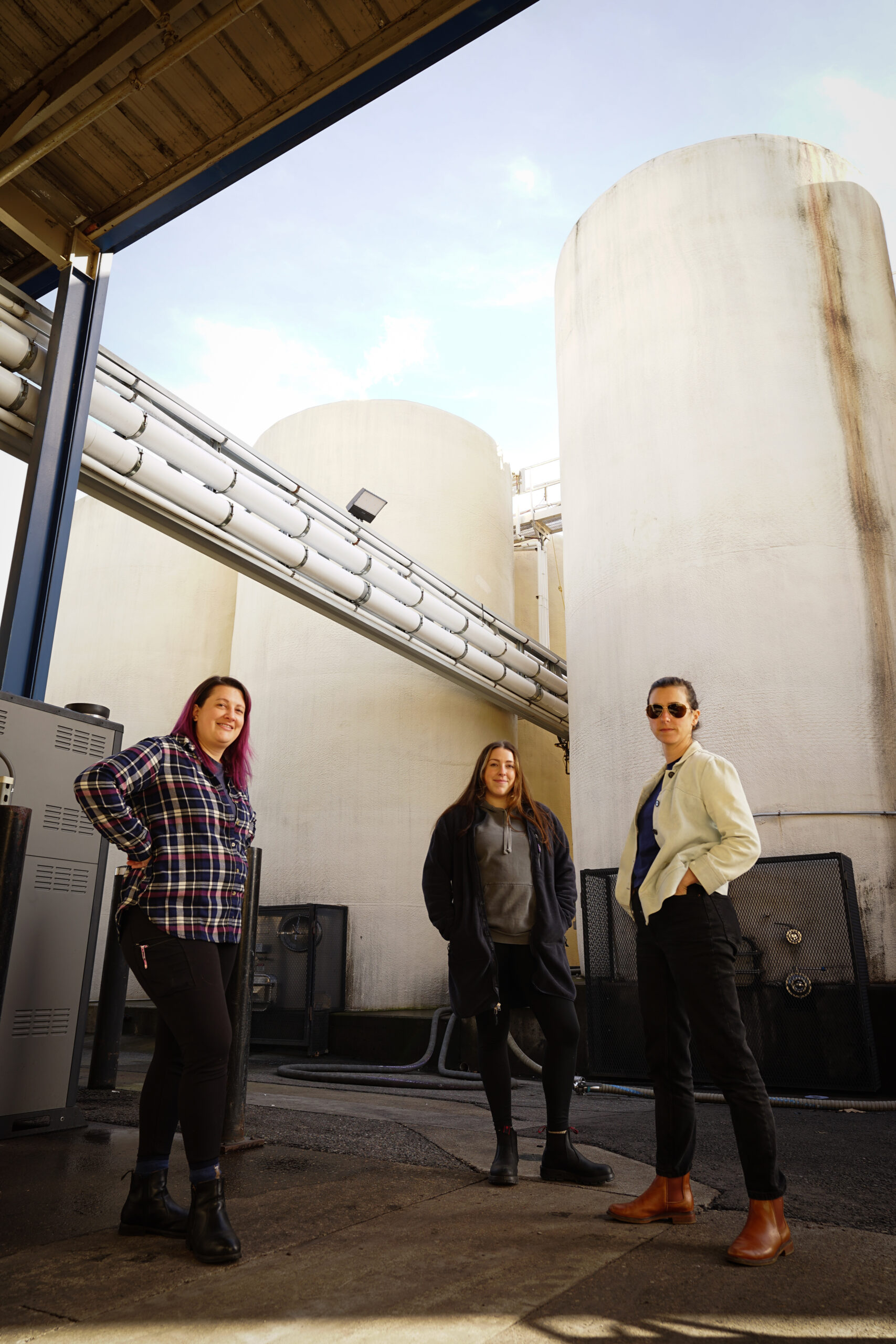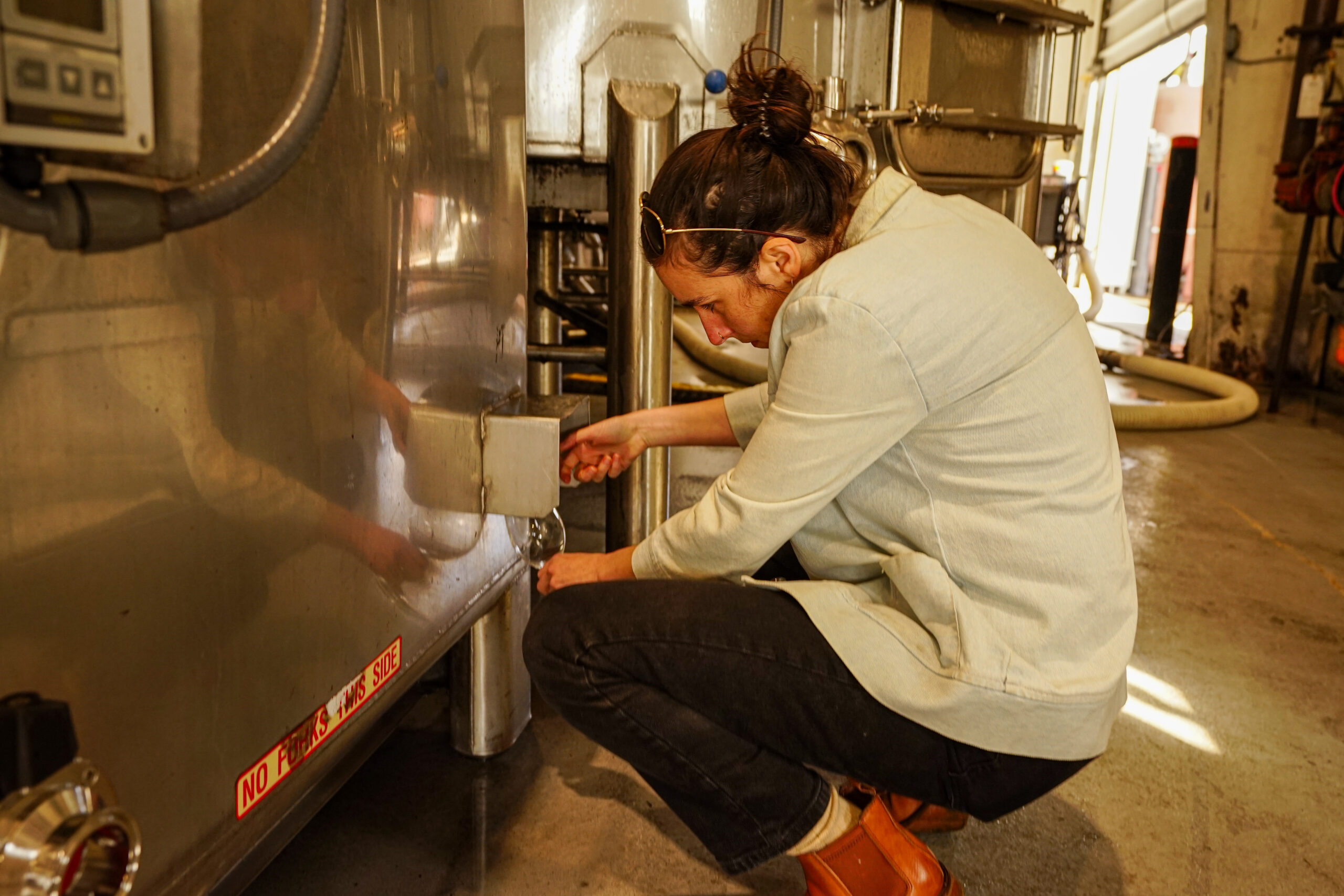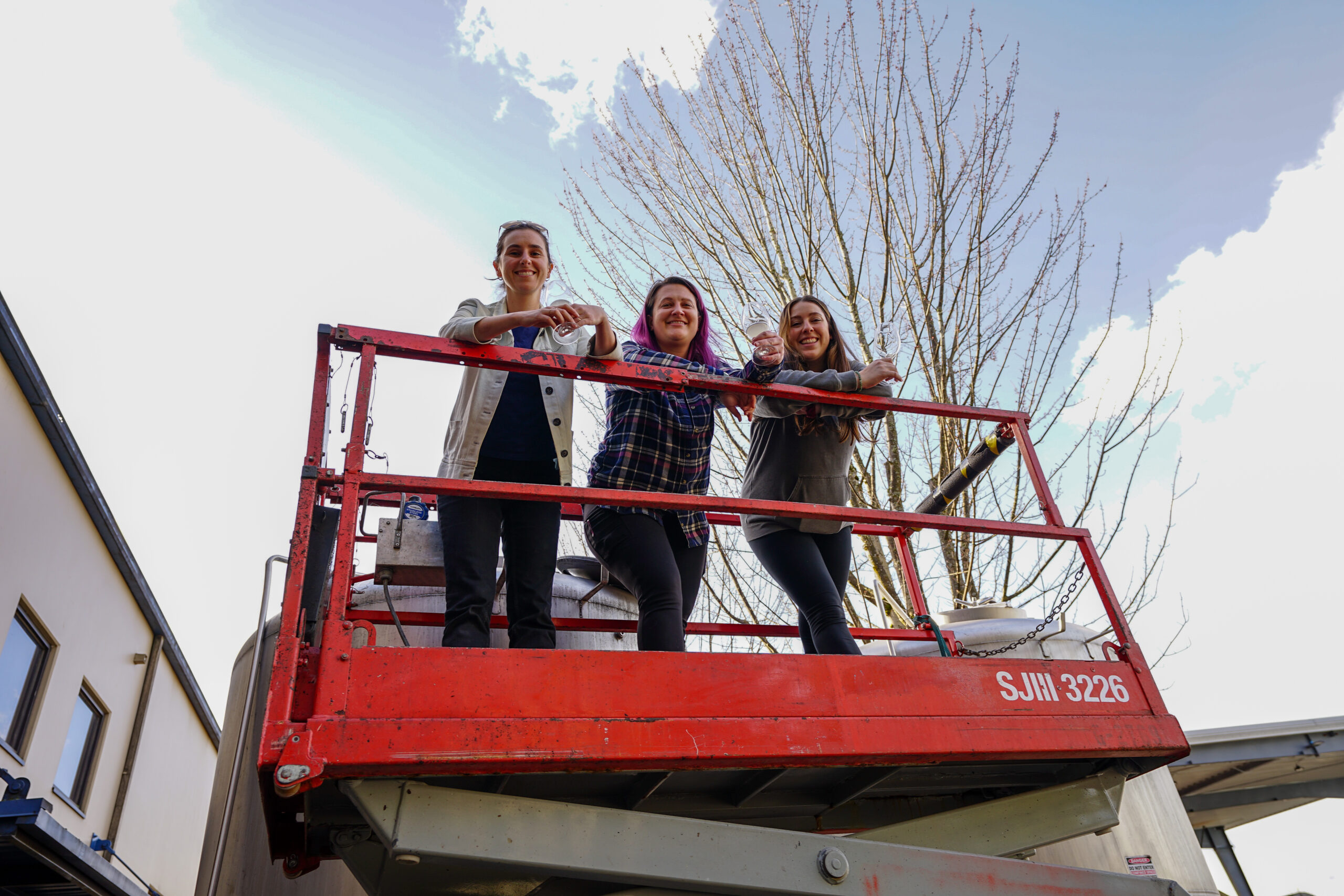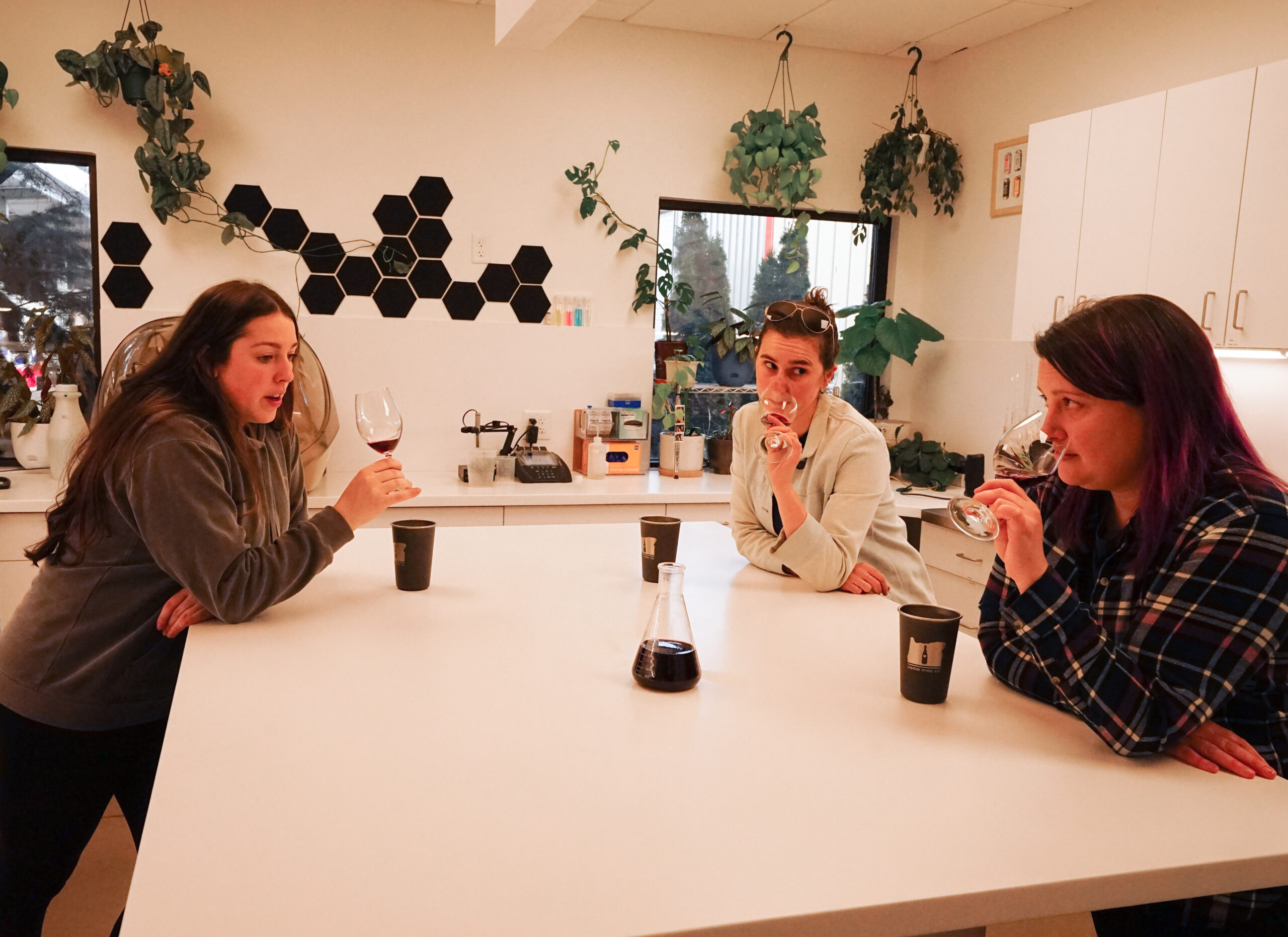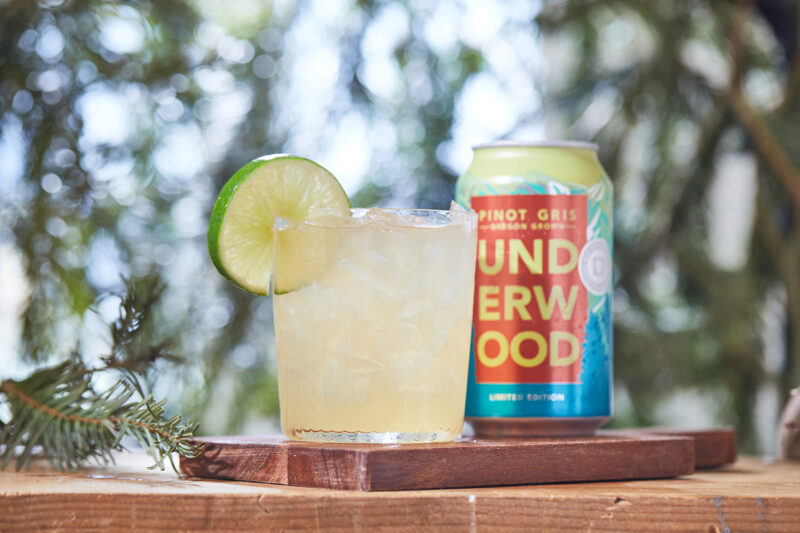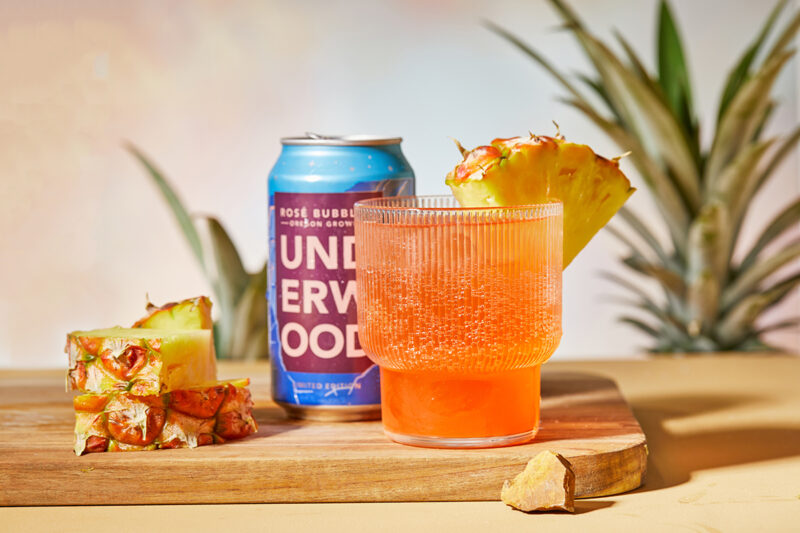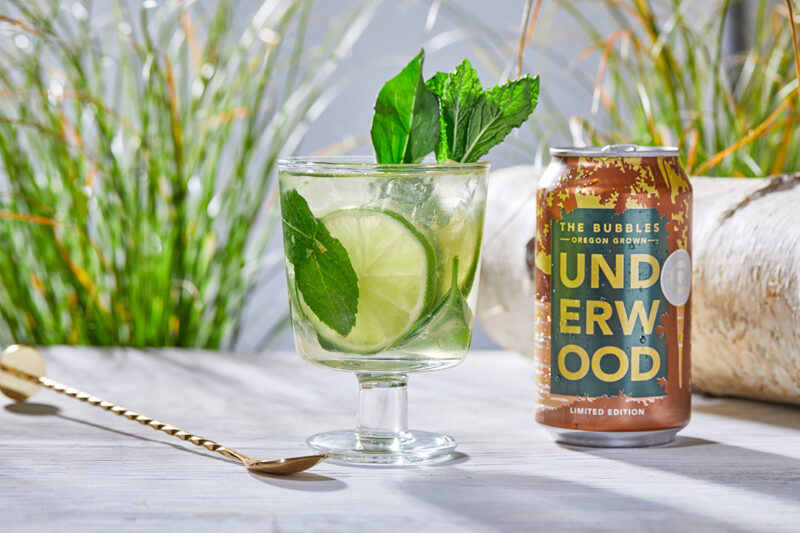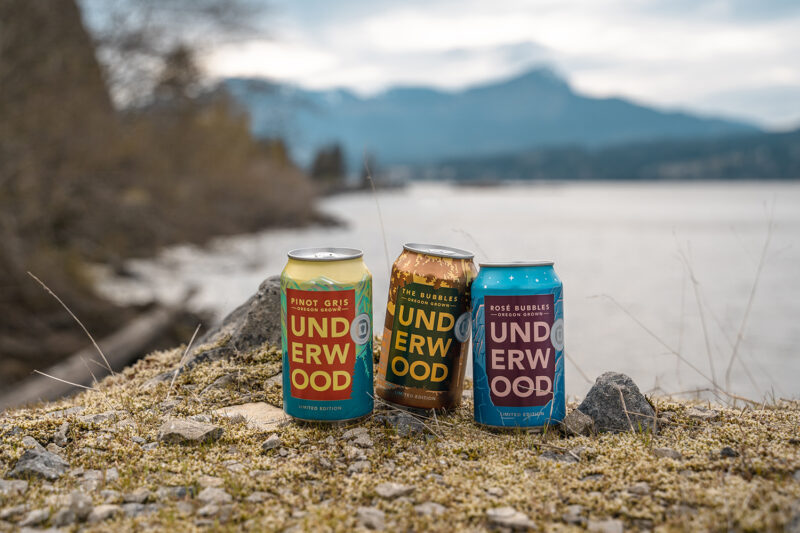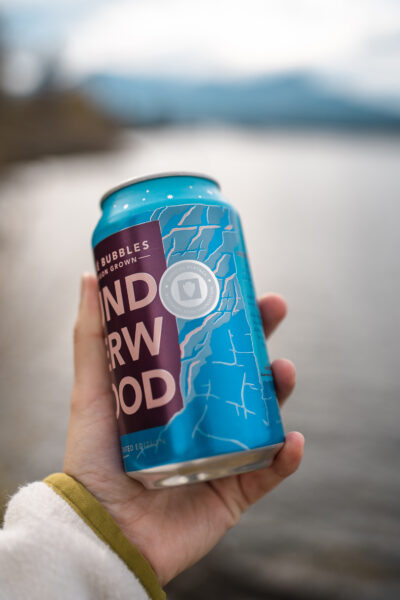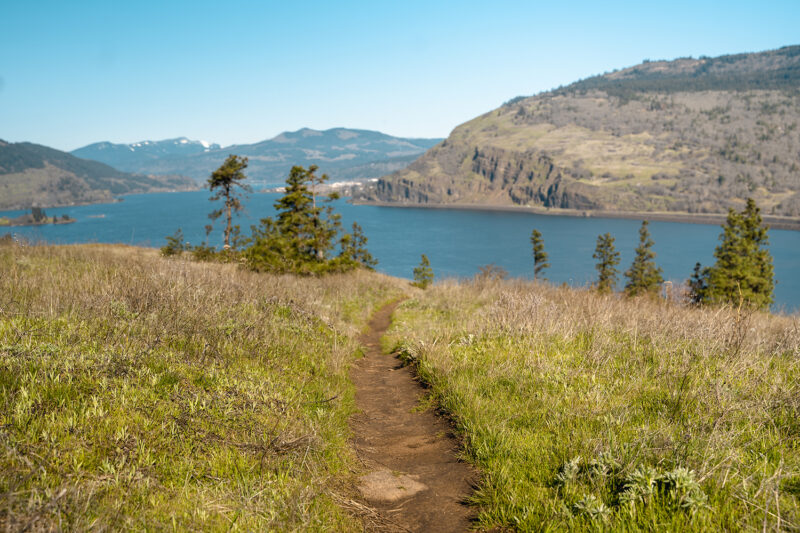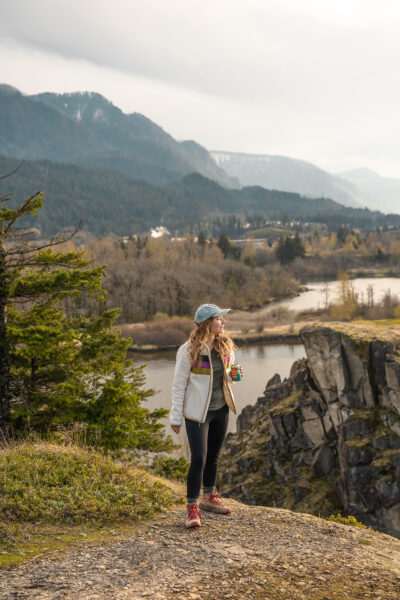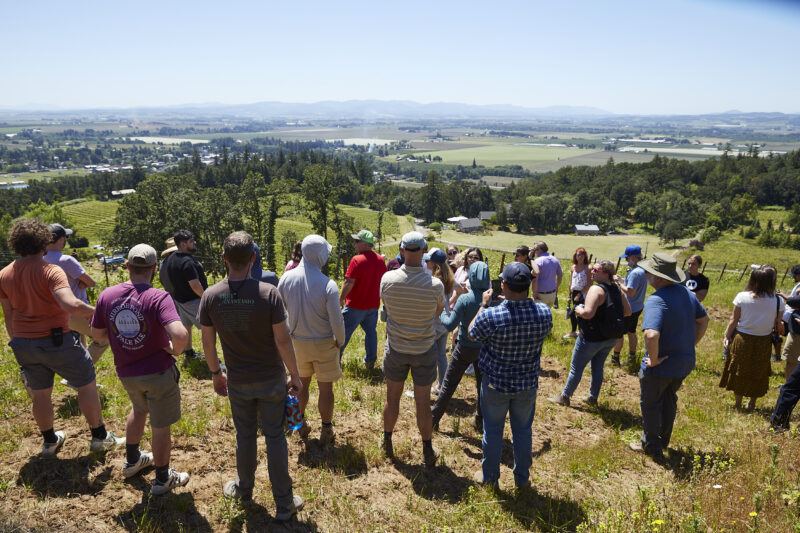
We are thrilled to share our achievement of becoming B Corp certified.
With this significant milestone, we join a global movement of businesses that meet the highest standards of verified social and environmental performance, public transparency, and legal accountability to balance profit and purpose.
B Corp certification is a rigorous process that evaluates a company’s performance across five key areas: governance, workers, community, environment, and customers.
Our commitment to sustainability and ethical business practices has been a part of our ethos since our founding in 2005. The business, and everything we do, is committed to considering the environment while working to minimize our impact wherever we can. From sourcing grapes from environmentally responsible vineyards to implementing energy-efficient production processes along with being the largest producer of wine packaged in 100% recyclable aluminum cans, we have prioritized reducing our environmental footprint while fostering a culture of inclusivity and fairness within our workforce and community.
Ryan Harms, our founder, says “We are thrilled to announce our B Corp certification, which reflects our unwavering dedication to making a positive impact on the world. This achievement is a testament to the hard work and dedication of our team, as well as our ongoing commitment to conducting business in a way that benefits both people and the planet.”
As a B Corp winery in Oregon, we are especially proud to have joined the largest group of B Corp wineries and vineyards in any state or country in the world.
“We believe that business has a responsibility to be a force for good in the world,” says Meredith McGough, Director of Winemaking “Achieving B Corp certification is not only a milestone for our company but also a commitment to continue driving positive change in the wine industry in years to come.”

